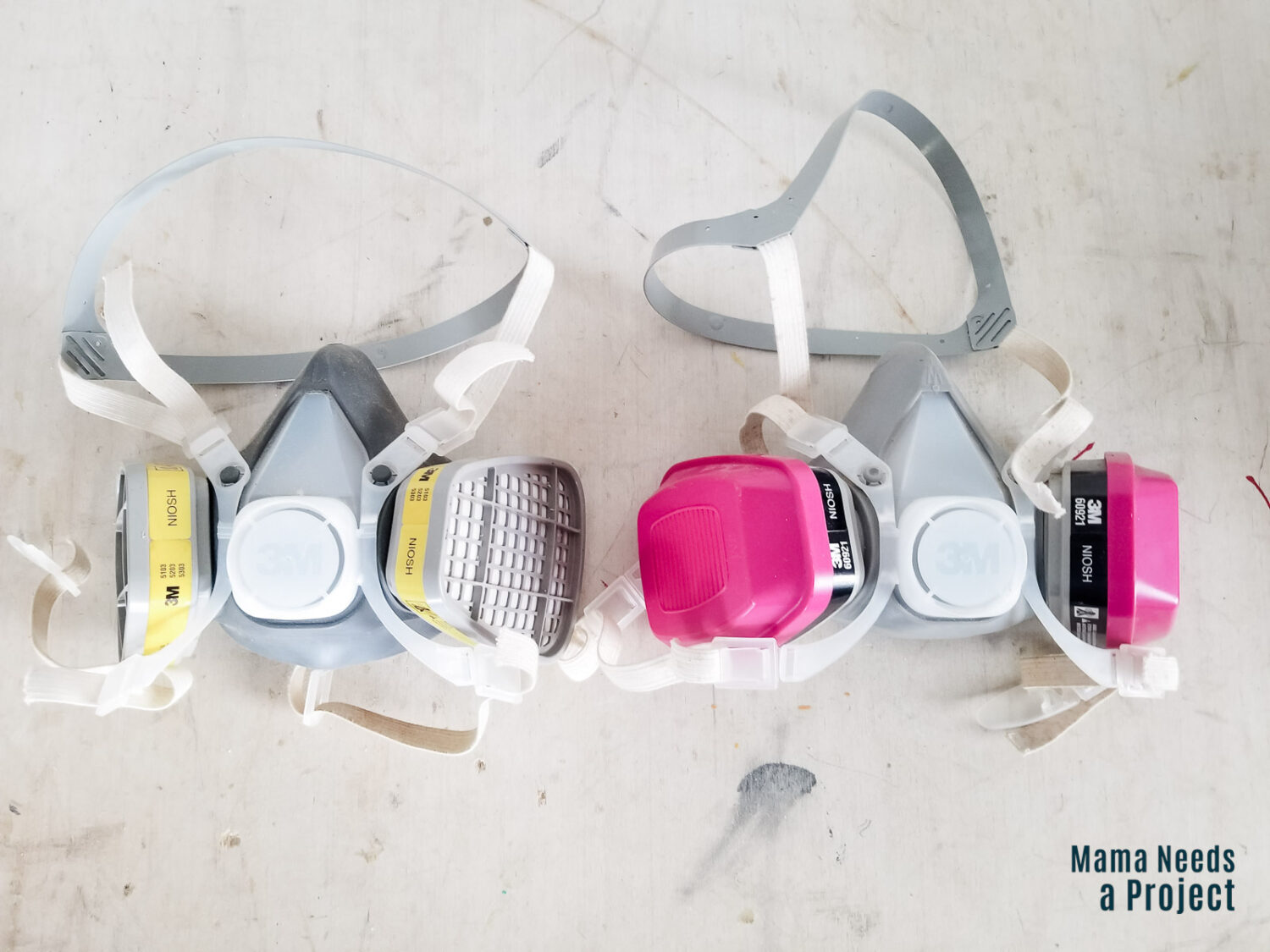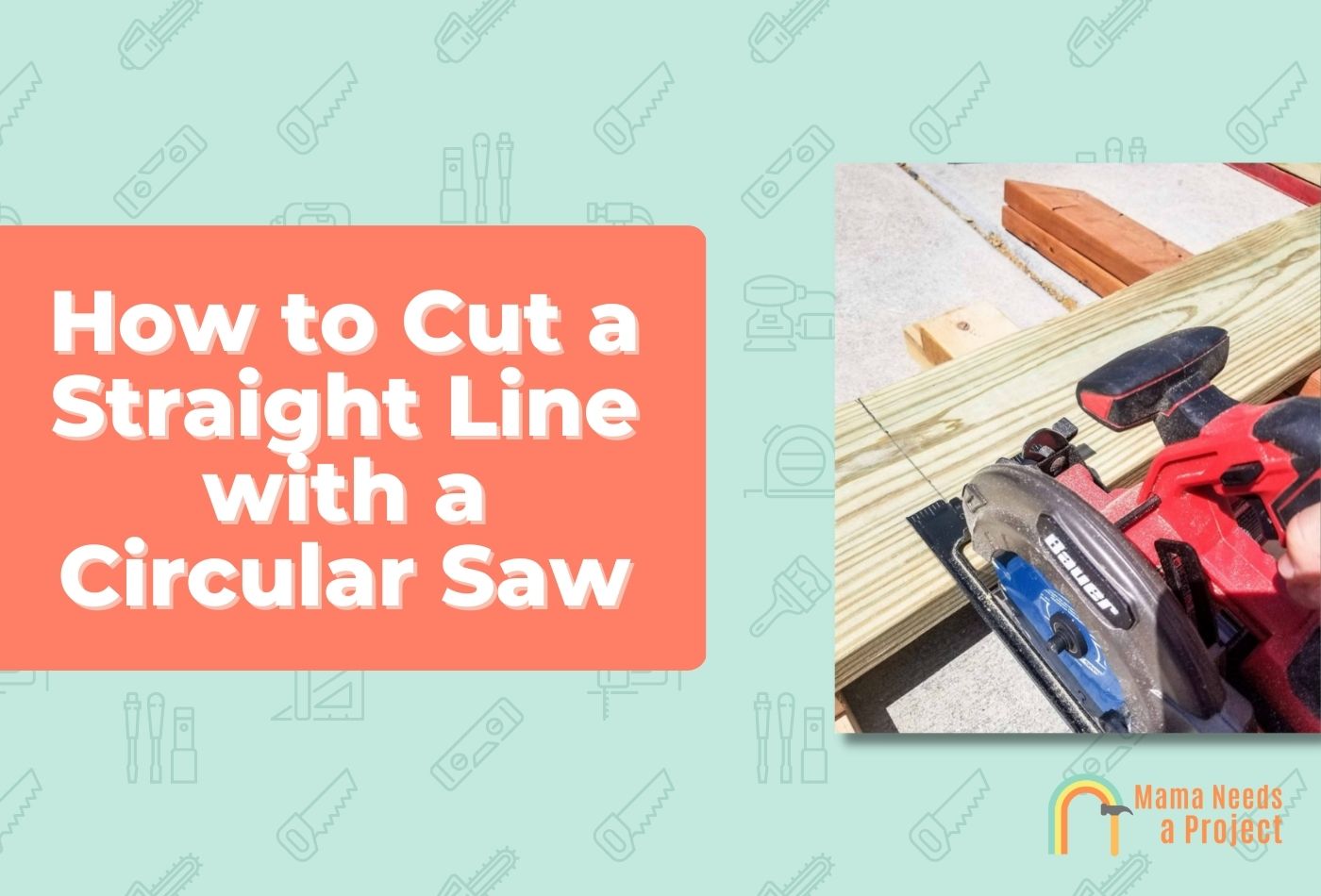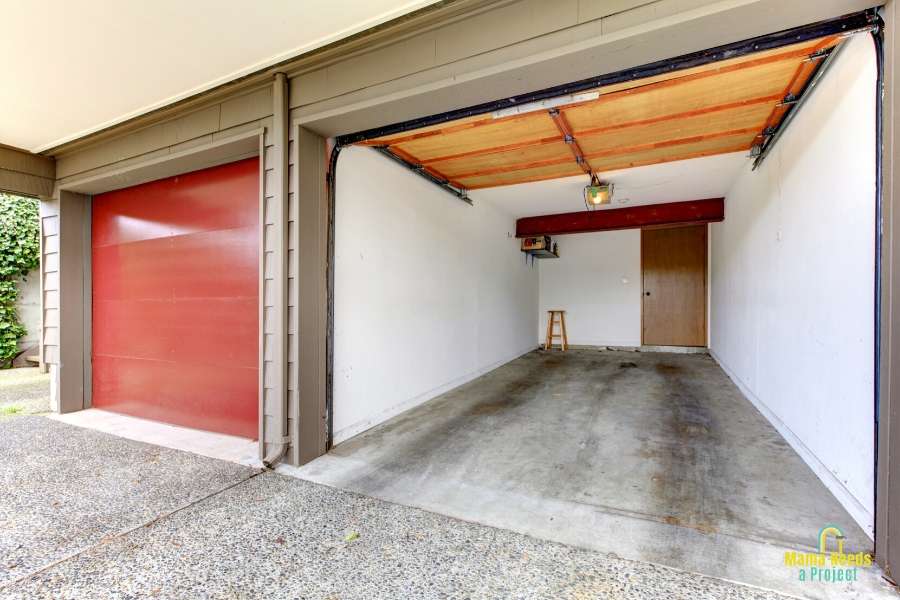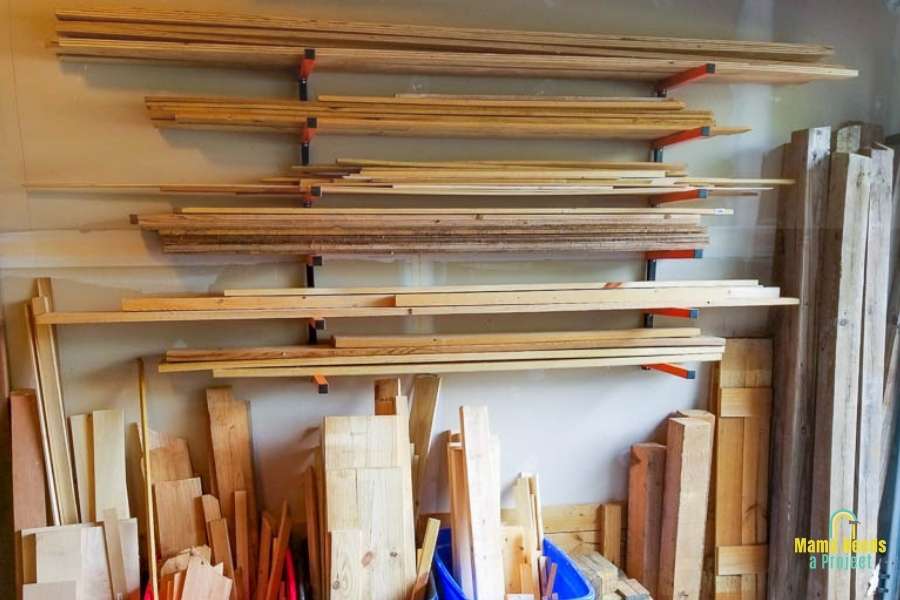Power Tool Safety
Something that often holds people back from getting started with power tools is the fear that they will get injured. It’s a common fear that I hear over and over again, and I totally understand where it’s coming from. It’s true that you can injured using power tools if you don’t use them safely.
That’s why it’s so important to learn about how to properly use your tools before you get started with them. Each tool will have it’s only specific safety guidance based on the functions of that tools, but there are some general safety precautions that should be taken for nearly every power tool – and those are what we’re going to go over today.
*Please note that this post contains affiliate links. This means that if you make a purchase using the links in the post I receive a commission for referring you to the product.
General Power Tool Safety
These tips are important to follow for any power tool you’re using, but keep in mind they’re not the ONLY precautions you should take. Be sure to read the manuals and safety information for your specific tools to learn how to safely operate them.
What to wear when using power tools
When using power tools it’s important to wear clothes that won’t interfere with the tools. This means no baggy, loose clothing or clothing that has strings that hang down – like a hoodie or long jewelry.
If you have long hair, make sure to pull it back so that it is away from your face and not hanging down into your workspace.
Wear close-toed shoes that are non-slip. These are my work boots and I love them! Also make sure to wear the appropriate ear, eye and breathing protection – more on that below.
Should you wear gloves when using power tools?
It can be tempting to wear gloves when using your power tools to protect your hands, but if you’re using a saw I’d advise against wearing gloves. If your hand gets too close the blade it’s possible for the material of your gloves to get snagged on the blade and “sucked in”, pulling your hand with it. This is especially possible if you’re wearing loose fitting gloves. I’ve read other advice that recommends wearing gloves, but in my opinion you’re often safer without.
If you do opt to wear gloves, check out these woodworking gloves I love.
Keep a clear workspace
Do your best to keep your workspace clean and brightly lit. Make sure there is nothing on the ground for you to trip over when using your tools – like extension cords, scrap lumber, boxes or other things that may get caught under foot. Regularly sweep up sawdust from the floor. Keep work surfaces clear and uncluttered.
Unplug power tools when not in use
Always power down and unplug your power tools when they are not in use. Do this even if you’re just taking a quick break and planning to continue work soon. This is especially important if you have children who may wander into your workspace or if you’re working outside where neighborhood children could wander over to work area. Unplugging power tools will prevent them from accidentally being turned on by you or by curious kids.
Don’t use power tools when you can’t fully focus
Only use your power tools when you’re able to fully focus and work without distraction. This means no working when you’re sleepy or under the influence. When you’re using power tools it’s not a great time to multitask. Give your tools and your project your full attention so that you can make the best choices while using them.
Take your time
If you’re in a hurry you’re more likely to make mistakes. Take your time when using your power tools and don’t rush through tasks.
Power Tool Safety Gear
There are some pieces of safety gear that are standard for when you use most power tools. Below I’ll share the safety gear that I personally own and use. These are all products that work great for me in my shop and I can confidently recommend them to you.
Ear Protection
Many power tools are LOUD. It’s important to protect your ears from the noise so that you don’t damage your hearing from long exposures to the noise. Here are my favorite types of ear protection:
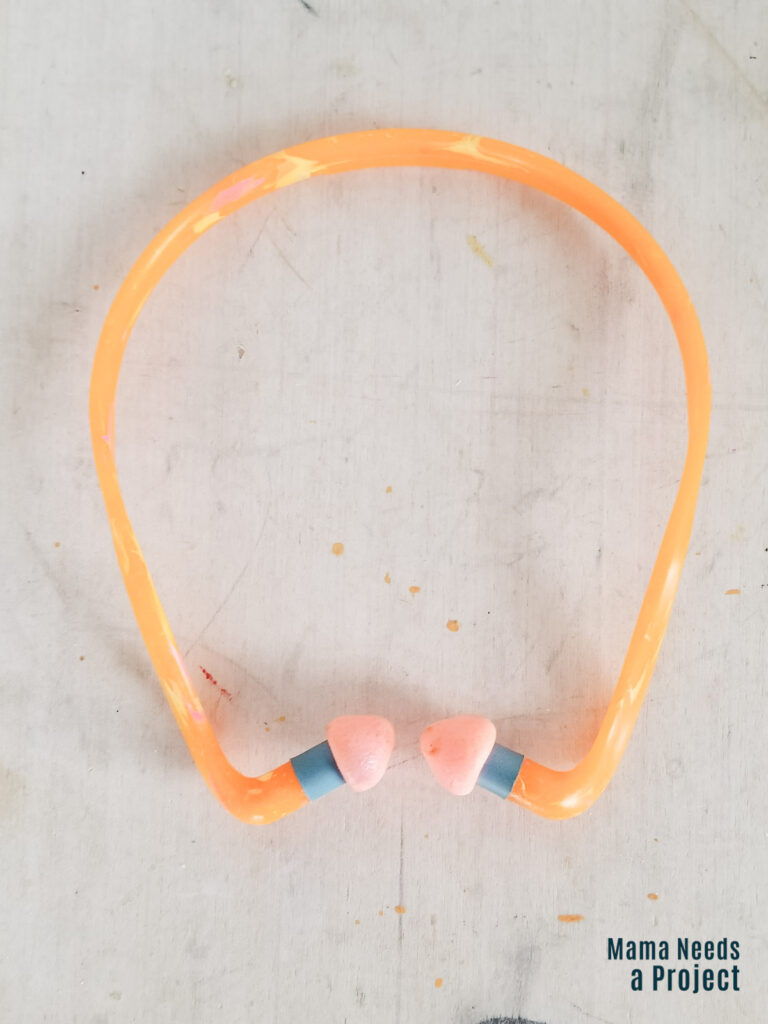
Ear Plugs
These little plastic ear plugs are cheap and so convenient. I love that they have the strap that goes around the back of your head. I usually just leave them around my neck and then pop them on and off as I’m working. This way I never have to set them down and I never have to look for them while I’m working.
The only downside is that after wearing them for a while they do make my ears pretty sore. If I’m going to be sanding or sawing for a long time I usually wear the earmuff style ear protection below to avoid my ears getting sore.
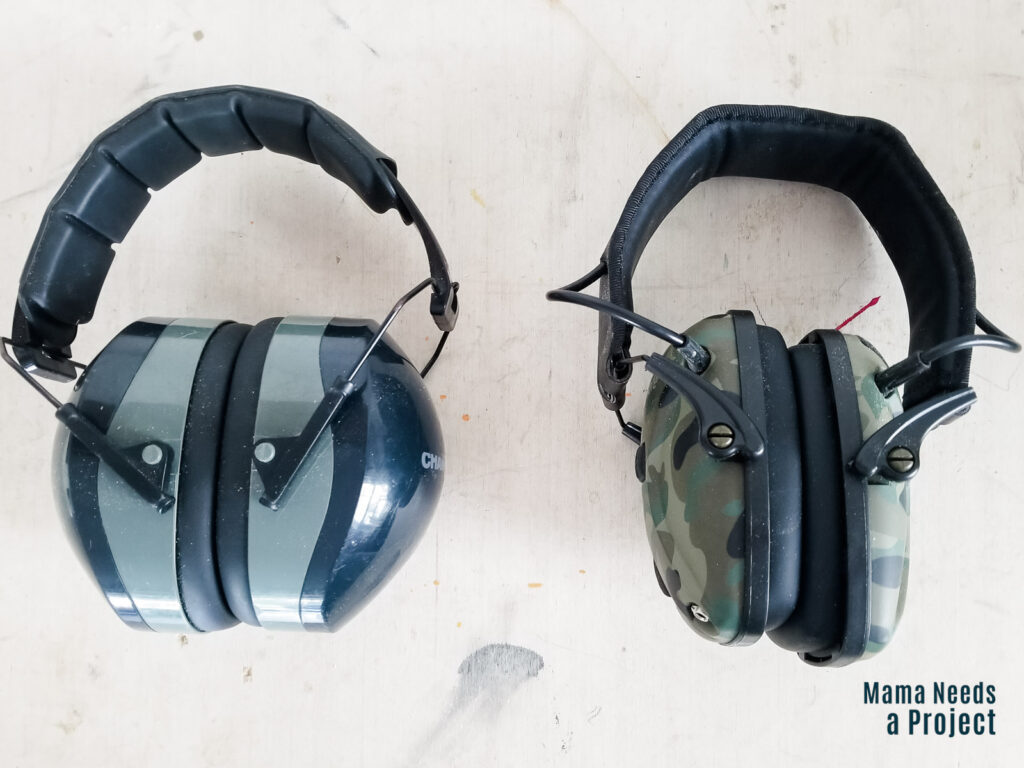
Ear Muffs
Ear muff style hearing protect is also a great option for protecting your ears while using power tools.
You can get basic ear muffs like the ones on the left or you can get electronic ear muffs like the ones on the right. The electronic ear muffs have adjustments so they only block out noises over a certain decibel, but still allow you to hear quieter noises – it’s actually really cool! And so helpful when I’m working but also need to be able to hear the kids.
Eye Protection
With dust and potentially small pieces of wood in the air it’s so important to protect your eyes. Even a tiny wood fiber can damage your eye if you’re not wearing safety glasses. Here’s my favorite eye protection:
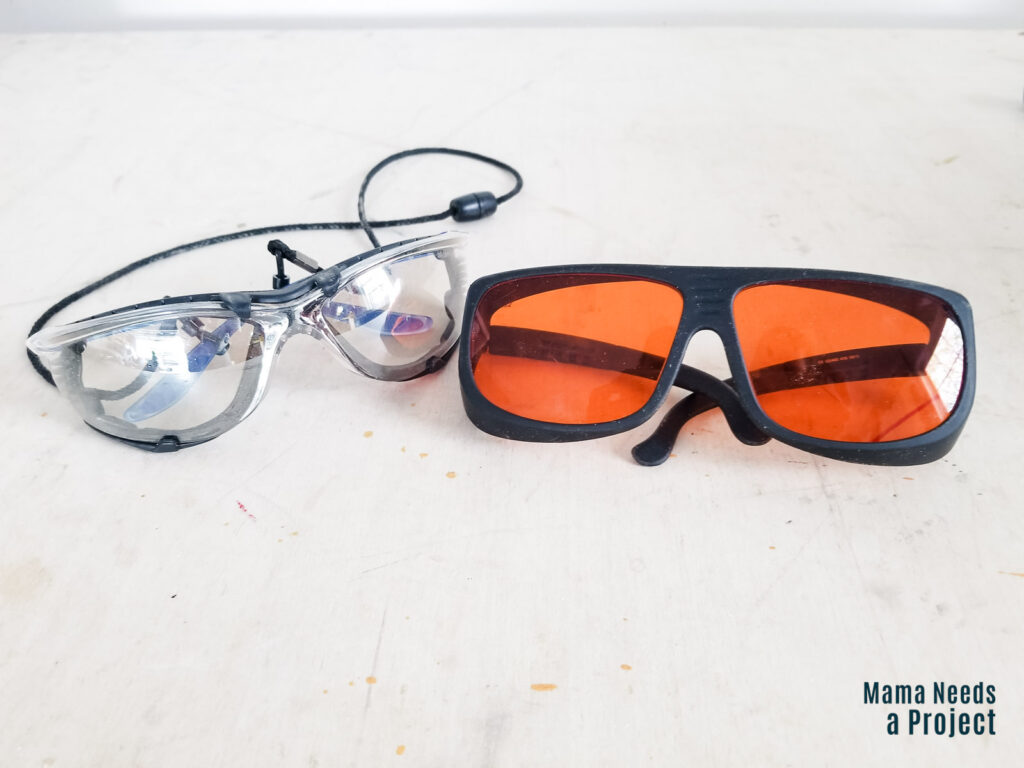
Safety glasses come in a lot of varieties, but one of the most important things to look for is that the glasses have protection above your eye and on the side of your eye so that dust can’t float in. Covering just the front of your eye isn’t enough – you want something the wraps around to provide full protection.
Also, having glasses on a cord is super convenient because you hang them around your neck when not in use and easily put them back on when you need them.
Breathing Protection
An often overlooked piece of safety gear is a breathing mask or respirator. With dust in the air it’s so important to protect your lungs to prevent respiratory problems. Additionally, there are some types of wood that are toxic to breath in and can leave you very sick if you’re not wearing a mask. Here are my favorite breathing masks or you can check out these best respirators for woodworking for more info!
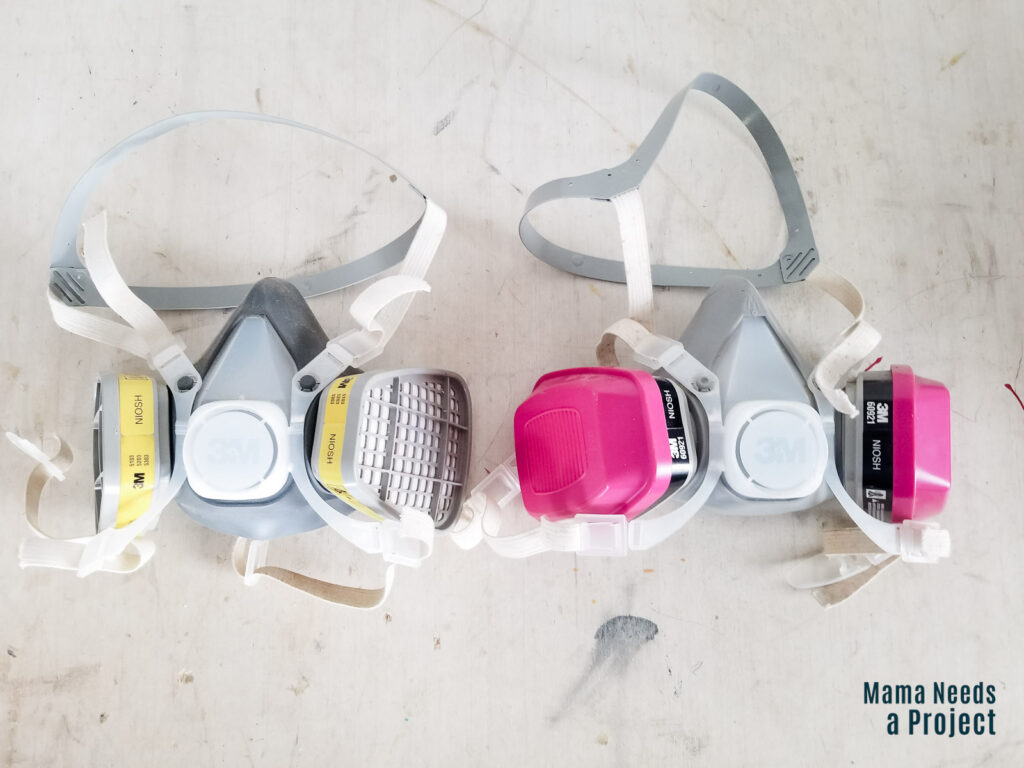
These heavy-duty masks cover your nose and mouth and have straps that go on the top/back of your head and around the back of your neck. There are filters on each side that can be replaced as needed.
This is type of mask I have worn frequently in the past and it does a great job of filtering the air – especially when I’m working with certain types of paint remover or other chemicals that would usually give me a headache.
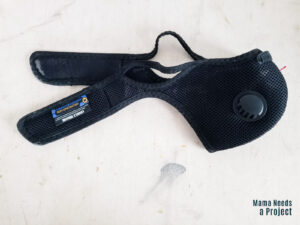
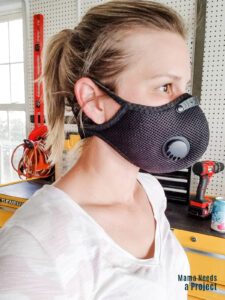
Now, more often when I’m working in the garage I used this smaller, more comfortable breathing mask. I wear it while sand and cutting lumber to protect my lungs from breathing in all of the dust.
It’s lightweight, doesn’t make my face super sweaty and has an adjustable nose clip that makes it pretty comfortable to wear for a long time. It also has filters on each side that can be replaced.
This mask is definitely my go to now for dusty jobs because it’s just so convenient, but I still use the other, more heavy-duty mask when working with chemicals.
General Power Tool Safety
I hope this information is helpful for you to start approaching your power tools with confidence instead of with fear. There’s no need to be afraid of your power tools, but it is important to understand how they work and how to use them safely.

